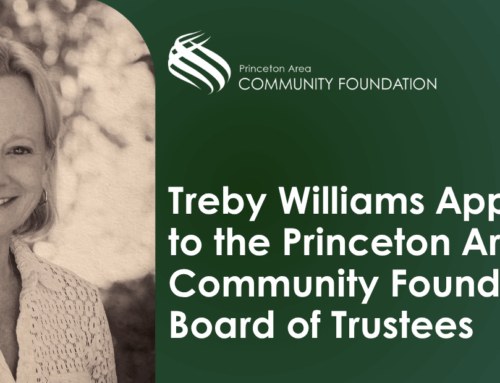By Nancy Kieling
As you may have heard, I will only have this special perch for a short time longer. As I move through the year, I’d like to bend your ears with some of the hard-won truths of my work. Below you’ll find the first in an occasional series reflecting on the things I’ve learned along the way. If you think I’m up on one of my soapboxes again, well, you’re right – so don’t be shy about leaving your comments if you have another view.
I often hear people refer to “the nonprofit sector” as if we are all one happy collective and there is a one-size-fits-all way of operating that is appropriate for us all.
In fact, we are many different business types and often all we share is a designation under the IRS code as 501(c)3 organizations, those the IRS has deemed are operated for the public good and therefore tax-exempt.
Early in my career I spent a few years as a corporate lending officer at a New York bank. As a trainee I was taught on day one that different businesses run in very different ways, their profit margins are wildly divergent, and their inventory lasts a long time (widgets), or is gone as soon as the plane leaves the ground (a seat on a flight to wherever) or the clock ticks forward (the ad space on TV or radio). Profit margins could be large, or razor narrow depending on the goods being sold, the volume of same, and their turn-over time. I was intrigued to understand that grocery stores make up in volume the tiny margins that food commands, and that every time the TV screen goes blank somebody’s in trouble for letting the opportunity to fill that ethereal space escape unbilled.
And so it is for nonprofits. We are no more one sector than the very divergent businesses of the for-profit sector. So why do we talk about nonprofits as if they were all the same?
I think the answer is that we just don’t think about it much. For many of us we are glad to offer support from our experience of and enthusiasm for an organization with no need to dive into the intricacies of budgets, and that’s just fine.
For those of us who want to know more, let me suggest that we start to understand the business model of organizations we support so that we can better evaluate their effectiveness. Some organizations run largely on government contracts that limit the funds they can expend on administrative work (finance, HR, supplies, etc) and require complex applications and reporting, while others are sustained by foundation grants and still others rely on individuals as donors, and perhaps also as patrons because they buy a ticket to a performance, pay entrance fees to a museum or zoo, or bring their health insurance dollars with them for medical and mental health treatment. Some organizations can run very well with many volunteer staff while others require professionals with high level training to get the job done. Some can operate out of a home office while others require an expensive facility – schools, hospitals, theaters to name a few.
You get the point. The health and well-being of nonprofits (maybe better called “public benefit organizations” since -there is no mandate that they cannot make a profit), depends on good management of complex business. Shareholders in a corporation are well served when they understand their investments (think Warren Buffett), so donors to nonprofits can understand better the business of organizations they depend on and treasure for the wide range of services they provide to enrich and support all of us and the communities we call home.





